Black holes, the cosmic vacuum cleaners of the universe, have long fascinated scientists and laypeople alike. With a gravitational pull so strong that not even light can escape, they seem more like science fiction than reality. Yet, understanding these celestial phenomena isn’t just for astrophysicists. Here are 12 wild facts about black holes that might make you wonder if Earth could one day have a close encounter with one.
1. Black Holes Are Not Empty
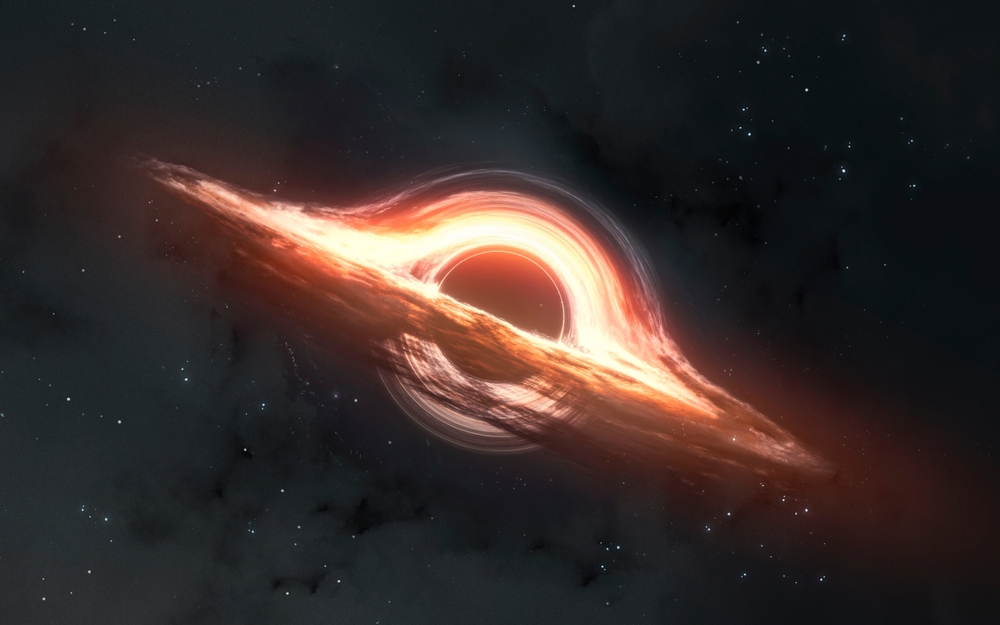
Contrary to what their name might suggest, black holes are not empty voids. They are incredibly dense and pack a tremendous amount of mass into a very small area. This density is what creates their powerful gravitational pull. If you tried to fit a black hole into a conversation, it would be like trying to explain a heavy-duty vacuum cleaner that never quite gets full. According to NASA, even though they don’t suck everything in like a household vacuum, their pull is intense within a certain range.
The misconception of emptiness comes from the fact that we can’t see black holes directly. They don’t emit light because their gravitational pull captures everything, including light. Instead, they are detected by their effect on nearby stars and gas. This “invisible” nature makes the study of black holes both challenging and intriguing for scientists around the world.
2. Black Holes Can Grow
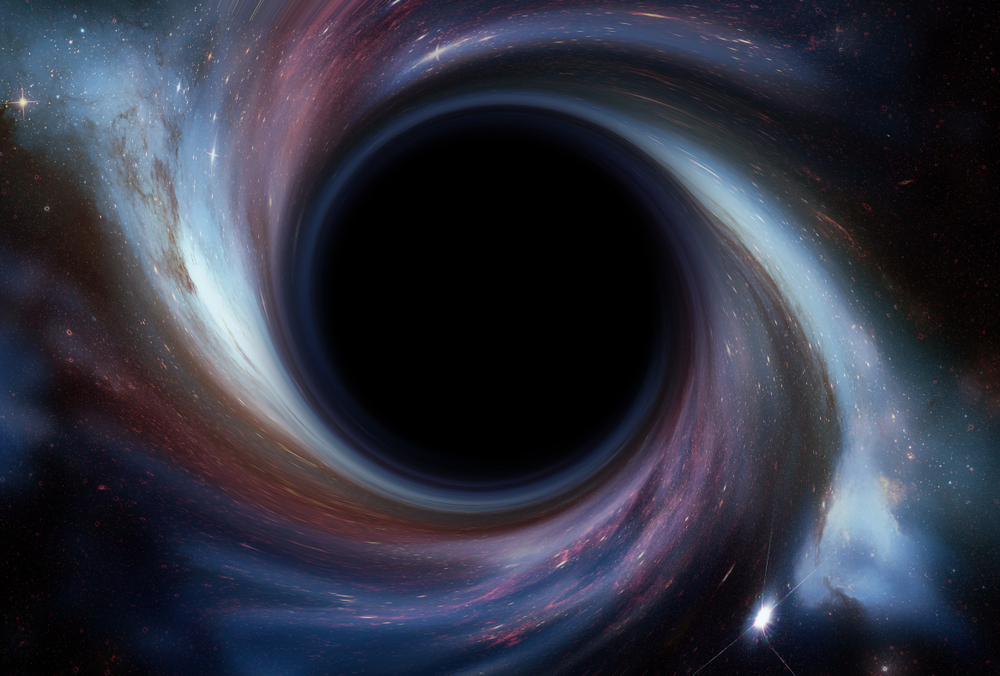
Black holes have an insatiable thirst for mass and can grow over time. They start from the remnants of massive stars that have collapsed under their own gravity. Once formed, they can continue to consume gas and dust from their surroundings, getting bigger and bigger. It’s like a never-ending buffet where the black hole is the only diner.
The more mass they accumulate, the stronger their gravitational pull becomes. This growth can lead to supermassive black holes that sit at the centers of galaxies, including our own Milky Way. Yet, this doesn’t mean they become more dangerous to us; their growth is typically far from Earth. So, while black holes can grow considerably, they’re not headed toward an all-you-can-eat Earth buffet anytime soon.
3. Time Slows Down Near a Black Hole
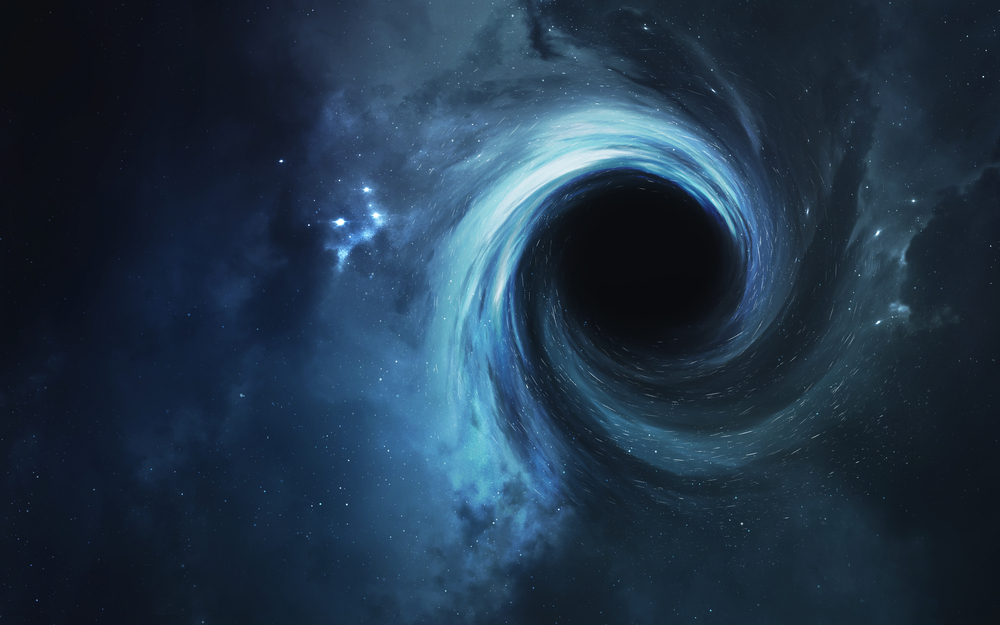
The idea that time slows near a black hole is not just a sci-fi trope; it’s a reality known as time dilation. As you approach a black hole, the intense gravitational field affects the passage of time. This is a consequence of Einstein’s theory of general relativity, which describes how mass curves spacetime. As gravity increases near a black hole, time ticks slower compared to an observer further away.
This fascinating effect was demonstrated in the movie Interstellar, but it’s more than just cinematic flair. According to a study published in Physical Review Letters, this time dilation is real and measurable, albeit with the right instruments. For you, this means that if you could survive a trip close to a black hole, you’d age more slowly compared to your friends back on Earth. It’s a cosmic version of the fountain of youth, though not one you’d want to try without a return ticket.
4. Black Holes Can Spin

Black holes aren’t just static gravitational wells; they can also spin. When the original star’s axis isn’t perfectly aligned or if it’s rotating, the resulting black hole inherits that angular momentum. This spin can warp spacetime around it, creating fascinating effects. Imagine a spinning top, but with the gravitational power to bend the fabric of the universe.
This spinning nature has real-world consequences for how black holes interact with their surroundings. A spinning black hole can drag material around it in a way a non-spinning black hole cannot. This can lead to the formation of accretion disks, swirling masses of hot gas that emit powerful X-rays. So, while their dance might be invisible to the naked eye, these spinning titans are far from resting in place.
5. Black Holes Have Event Horizons

The event horizon is the boundary around a black hole beyond which nothing can escape. This is where the phrase “point of no return” really earns its stripes. If you were to cross this boundary, you’d need to travel faster than the speed of light to escape, which we currently understand to be impossible. According to an article in Scientific American, the event horizon represents a fundamental limit to our ability to observe what’s inside a black hole.
Interestingly, the event horizon isn’t a physical surface but a conceptual one. It’s like the edge of a cliff that you can’t see but can definitely fall over. As you approach it, tidal forces from the black hole’s gravity would stretch and compress you in a process known as “spaghettification.” Not exactly a pleasant way to spend your afternoon, so it’s probably best to keep your distance.
6. Black Holes Emit Hawking Radiation

In the 1970s, physicist Stephen Hawking proposed that black holes aren’t entirely black. They emit a type of radiation now known as Hawking Radiation. This occurs due to quantum effects near the event horizon, where particle-antiparticle pairs can form. One of these particles might fall into the black hole while the other escapes, making it appear as if the black hole is emitting radiation.
This revelation suggests that black holes can eventually evaporate over astronomical time scales. Hawking’s theory challenged the traditional view that black holes only absorb, never emit. It opened up new discussions on the fate of black holes and the fundamental laws of physics. While this doesn’t make them any less mysterious, it does add another layer of complexity to our understanding.
7. Black Holes Can Collide and Merge

Black holes are not solitary creatures; they can and do interact with others. When two black holes get too close, they can spiral toward each other and eventually merge. This cataclysmic event sends ripples in spacetime known as gravitational waves. Detected for the first time in 2015, these waves were a groundbreaking confirmation of Einstein’s predictions from a century earlier, as reported by the LIGO Scientific Collaboration.
The merger isn’t a quiet affair. It’s one of the most energetic events in the universe, releasing more energy in a few seconds than all the stars in the observable universe combined. Yet, despite this immense power, these events are so far away that they pose no threat to Earth. Instead, they serve as a cosmic beacon, offering insights into the fundamental workings of our universe.
8. Supermassive Black Holes Exist
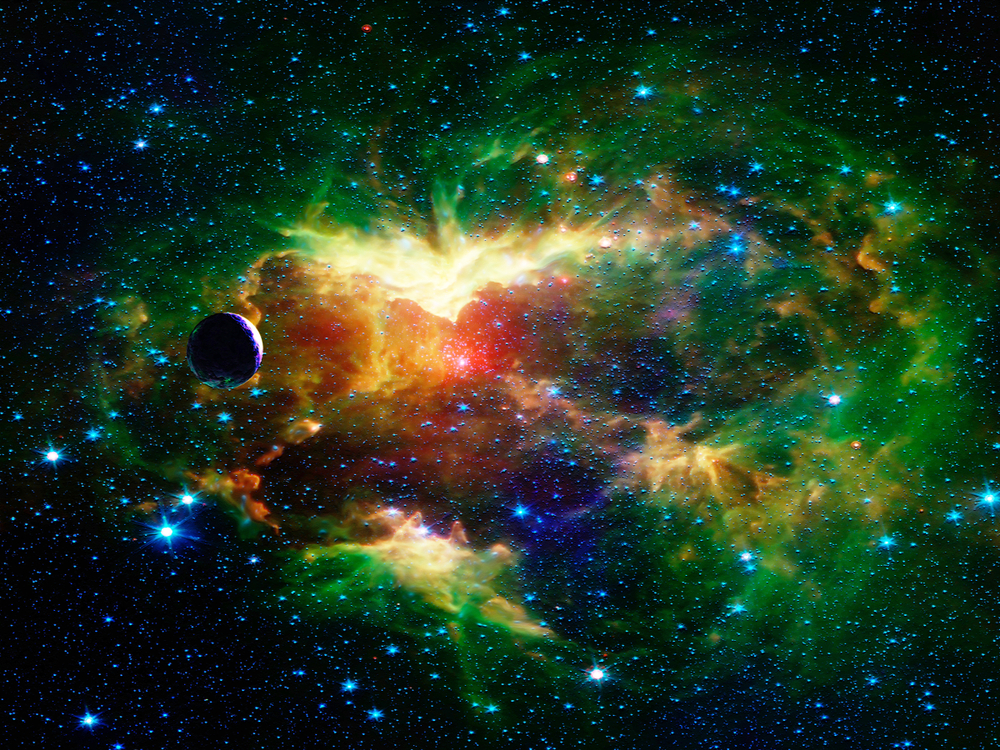
While stellar black holes form from collapsed stars, supermassive black holes are a different beast entirely. These giants lie at the centers of most galaxies and boast millions or even billions of times the mass of the sun. Scientists aren’t entirely sure how they form, but their existence is undeniable. They play a crucial role in the formation and evolution of galaxies.
Supermassive black holes can influence the motion of stars and even entire galaxies. Despite their mass, they are not necessarily more dangerous than smaller black holes. Their huge size means their gravitational pull is more spread out. Thus, they don’t pose a direct threat to stars or planets that are already in stable orbits far away.
9. Black Holes Power Quasars
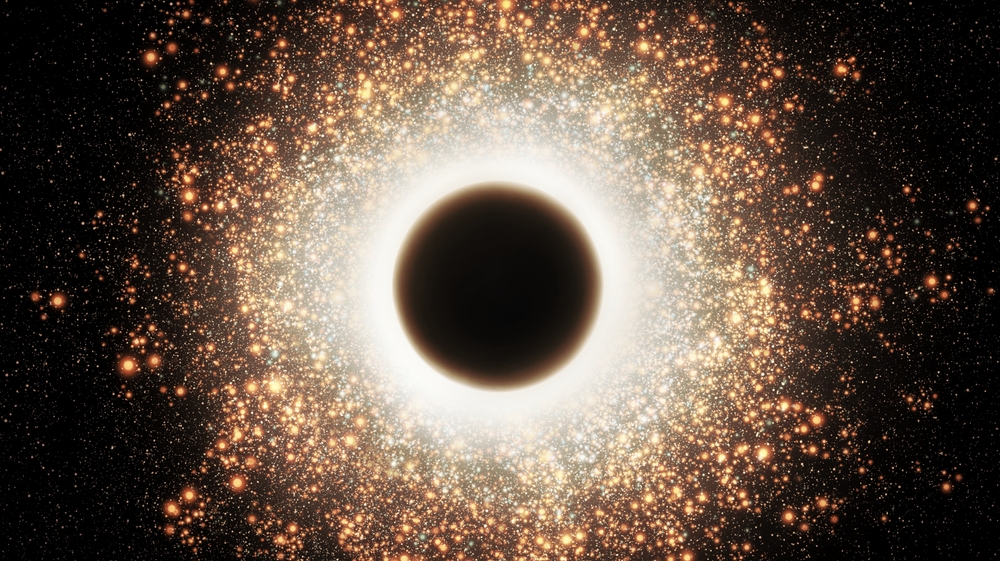
Quasars, some of the brightest objects in the universe, are powered by supermassive black holes. As these black holes consume material, they can emit incredible amounts of energy. This energy shines so brightly that quasars can outshine entire galaxies. It’s a cosmic light show that humbles even the most luminous stars.
Quasars serve as beacons that allow astronomers to study distant parts of the universe. Their light has traveled billions of years to reach us, offering a window into the universe’s past. While black holes themselves are dark, the quasars they power are anything but. They’re a testament to the paradoxical nature of black holes: invisible forces creating visible wonders.
10. Black Holes Could Be Wormholes

Theoretical physicists have speculated that black holes might be gateways to other universes. This idea, while fascinating, remains purely hypothetical. The concept is rooted in the idea of a wormhole—a tunnel-like structure connecting distant points in spacetime. If black holes are wormholes, they could theoretically allow travel across vast cosmic distances or even time.
This speculation is grounded in the complex mathematics of general relativity. However, the intense gravitational forces and extreme conditions near black holes make this an unlikely scenario for humans. While it’s a staple of science fiction, the reality is we have no evidence to support this theory. Still, the possibility adds an intriguing twist to our understanding of these cosmic giants.
11. Could a Black Hole Swallow Earth?
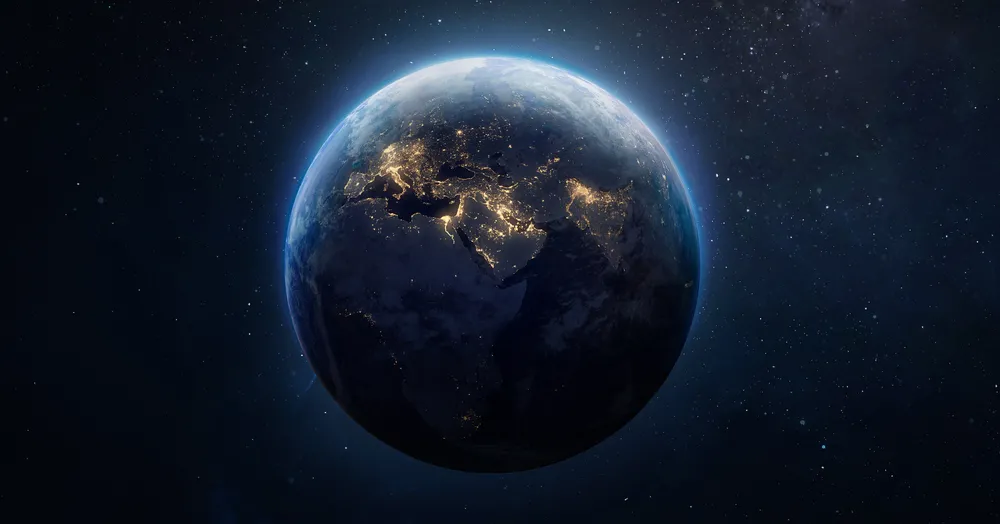
The short answer is, thankfully, no. Black holes don’t roam the universe gobbling up planets and stars. The nearest known black hole is several thousand light-years away, posing no immediate threat. Even if a black hole the size of a stellar remnant replaced our sun, Earth wouldn’t get sucked in; it would simply orbit the black hole as it does the sun.
Black holes are not cosmic vacuum cleaners arbitrarily sucking in everything in their path. They have specific gravitational ranges and don’t pose a threat unless you venture too close. So, while they are fascinating objects worthy of study, they don’t represent an apocalyptic threat to our planet. Rest easy; the Earth is not on a black hole’s menu.
12. Black Holes Teach Us About Physics
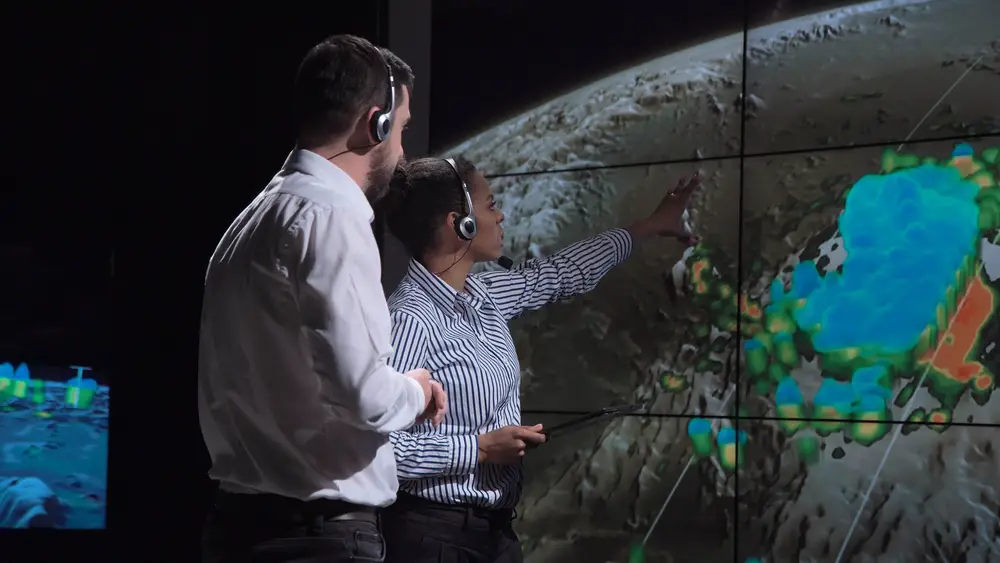
Black holes are not just cosmic oddities; they are keys to understanding the fundamental laws of physics. They challenge our understanding of gravity, quantum mechanics, and thermodynamics. By studying them, scientists hope to uncover the secrets of the universe’s most extreme environments. They might even lead to a unified theory of everything—a Holy Grail in physics.
While they are daunting in their complexity, black holes are an invaluable tool for scientific inquiry. They serve as a natural laboratory where the laws of physics are pushed to their limits. Understanding them could provide insights that have eluded us for centuries. In many ways, black holes are the ultimate frontier, inviting us to explore the unknown.
